Our Verdict
Beautifully made and downright fun to use, the Canon PowerShot G1 X Mark III is a terrific feat of engineering – stuffing that APS-C sensor into a body this dinky is no small achievement. The touchscreen interface works brilliantly, and it’s loaded up with premium Canon features like Dual Pixel CMOS autofocus. You have to not want 4K, and not mind a small battery. Otherwise, this compact is a terrific buy at its discounted street price.
For
- Cut-above in image quality
- Weatherproof build
- Excellent touchscreen interface
Against
- Battery life could be better
- No 4K
Why you can trust Creative Bloq
In our Canon PowerShot G1 X Mark III review, we’re going to be looking at something of an anomaly. The PowerShot line-up of compacts is mostly filled with cameras that use the standard size of sensor in a camera of this class – 1-inch, like the G7 X Mark III, or 1/2.3-inch, like the diddy IXUS cameras that come with two-digit price tags.
• 24MP APS-C CMOS sensor
• 24-72mm equivalent f/2.8-5.6 zoom lens
• 49-area phase/contrast detect autofocus system
• 9 fps continuous shooting
• 3-inch, 1040k-dot fully articulating LCD
• Electronic viewfinder with 100% coverage and 2,360k dots
• 115 x 78 x 51 mm dimensions
• 399g weight
And yet, sitting among them is the G1 X Mark III, standing tall and proud with an APS-C sensor – the kind you get in enthusiast DSLRs and mirrorless cameras – jammed into it. This puts it on a par with premium compacts like the Fujifilm X100V, and yet it also boasts something that camera doesn’t have, in the form of a zoom lens.
It seems a bit like a camera that can do everything. It’s certainly priced like one. The Canon PowerShot G1 X Mark III caused a bit of a stir when it came out, and even though it’s a few years old now, it’s still in production and still popular. In fact, we've rated it as one of the best compact cameras and best point and shoot cameras you can buy.
However, time and tech march on, and while the Canon PowerShot G1 X Mark III has dropped a little in price, it still costs quite a bit for a compact camera. Having first used the Canon G1 X Mark III at the original launch event in London, and since spending plenty of time with the camera on photowalks and occasionally for travel, I felt it was time for a reappraisal. See how it fares in 2022 in our Canon PowerShot G1 X Mark III review.
Canon PowerShot G1 X Mark III review: build and handling
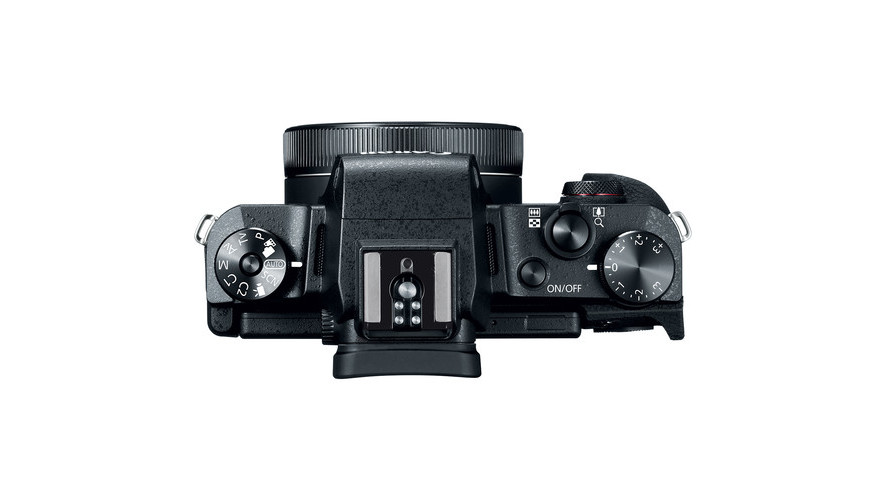
The Canon PowerShot G1 X Mark III is actually quite delightful in use – more so than you might expect from what looks at first glance like a pretty run-of-the-mill compact (though we of course know that it’s more than that under the bonnet). The LCD screen, an afterthought on some cameras, is a real standout here. It’s a fully articulating type, so it’s useful for video and for shooting from creative angles, and it also is integrated well with the camera’s controls.
I absolutely love the touch-and-drag control of the focal point it offers, which you can also use while the camera is pressed up to your eye. Some people prefer a physical selector, which is fair enough, but I think the G1 X Mark III’s control system works really well.
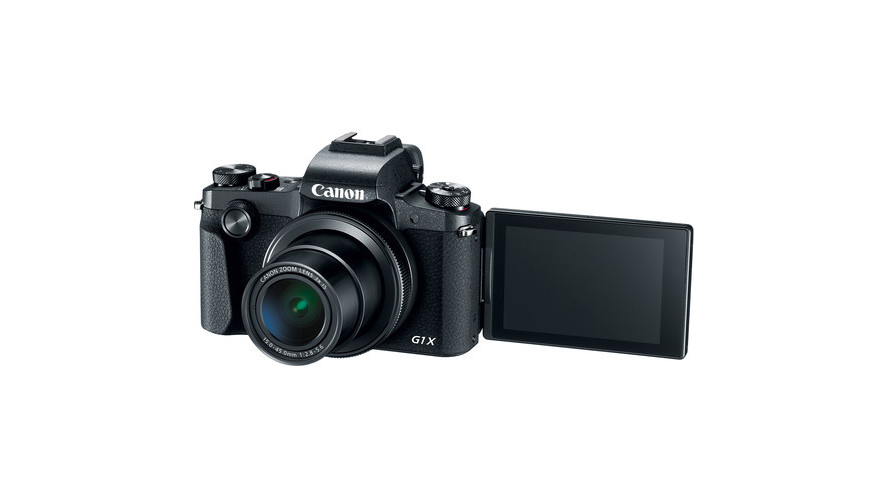
Also, handily, the camera is equipped with a decent level of weather resistance. Canon describes it as dustproof and “drip-proof”, and it’s sometimes hard to tell exactly what this means out in the real world, but I can attest that the G1 X Mark III can come through rainfall and snowfall without any issues. Though be aware that if you take it out while you’re wearing gloves, you won’t be able to use the touchscreen.
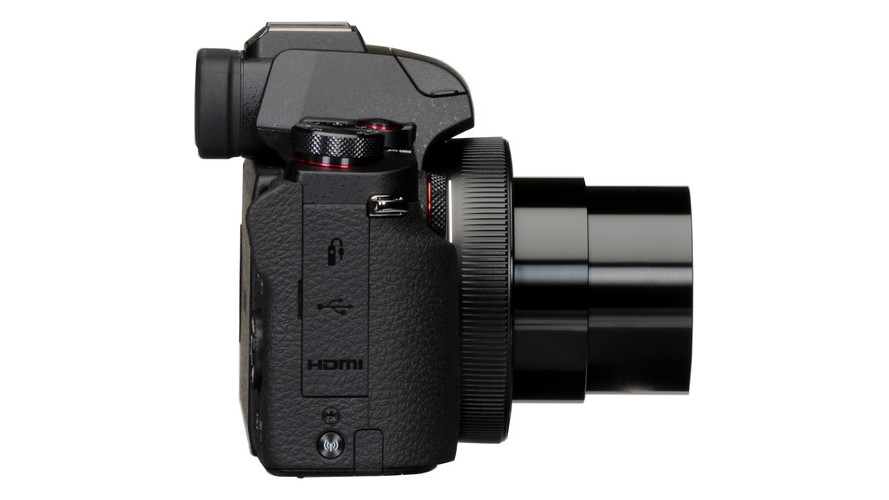
I’m personally not a believer in castigating compact cameras for a short focal range – the zoom length is given to you on the box, so you know what you’re getting into before you buy. Some have found the 24-72mm zoom range of the G1 X Mark III to be limiting, but for day-to-day shooting, I think it’s just fine. You can get a little wider, or a little narrower, when you need to, and that’s not enough, you move your feet. This was the compromise made to get that big sensor in the body, and there are plenty of superzoom compacts out there with small sensors if that’s unsatisfactory to you.
(Okay, fine, a maximum aperture a bit wider than f/2.8 would have been nice. Nevertheless, we move.)
Canon PowerShot G1 X Mark III review: performance
When shooting stills, the G1 X Mark III impresses across the board. That APS-C sensor achieves impressive detail rendition and a wide dynamic range. Noise is well-controlled throughout most of the ISO range, only starting to become an issue at around ISO 3200, and only becoming a severe problem all the way up at ISO 25,600.

The lens delivers excellent sharpness, even when wide open at f/2.8. It’s only when you zoom all the way into 72mm equivalent and keep it wide open at f/5.6 that you’ll potentially notice a little muddiness. While this isn’t an action camera, it can achieve a respectable burst rate of 9fps with focus locked, though you’ll probably want to take it down to 7fps in order to be able to take advantage of Canon’s legendarily excellent Dual Pixel CMOS autofocus. Canon claims a focus-acquisition time of just 0.09seconds is possible, and frankly, I believe it.

Sacrifices did have to be made in a few places though, and unfortunately, one of them is the battery. The NB-13L lithium-ion battery that comes in the G1 X Mark III is rated to a fairly measly 200 shots, though you can spin this out to 250 by using ‘Eco’ mode. Canon has added one feature to soften the blow a little here – you can charge the camera via USB while using it, allowing you to potentially save your life with a little power bank. Still a spare battery wouldn’t go amiss.

Canon PowerShot G1 X Mark III review: video
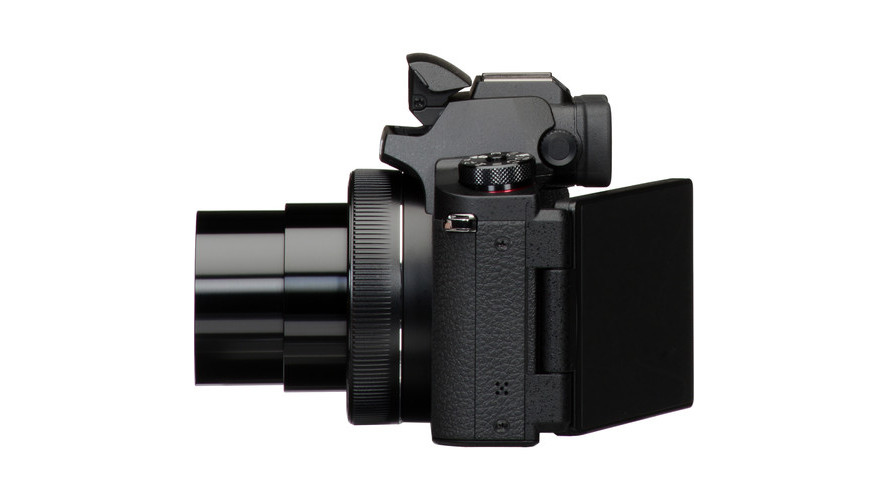
So, there’s no 4K. That’s worth getting out of the way right off the bat. There are plenty of people who won’t care about that, but they’ve all already skipped this section and jumped straight to the verdict, so for those who remain, let’s spin through the G1 X Mark III’s video capabilities.
The Full HD video it captures is not exceptional, but is perfectly fine, and being able to shoot at a frame rate of up to 60p does definitely expand its usefulness. I also appreciate the fact that you can use both the Advanced Dynamic IS and the Dual Pixel CMOS AF in video mode, something that not every Canon camera has offered.
It’s unlikely to be anyone’s choice of primary video camera. But for quick clips and general-purpose video, the PowerShot G1 X Mark III does a better-than-average job.
Canon PowerShot G1 X Mark III review: verdict
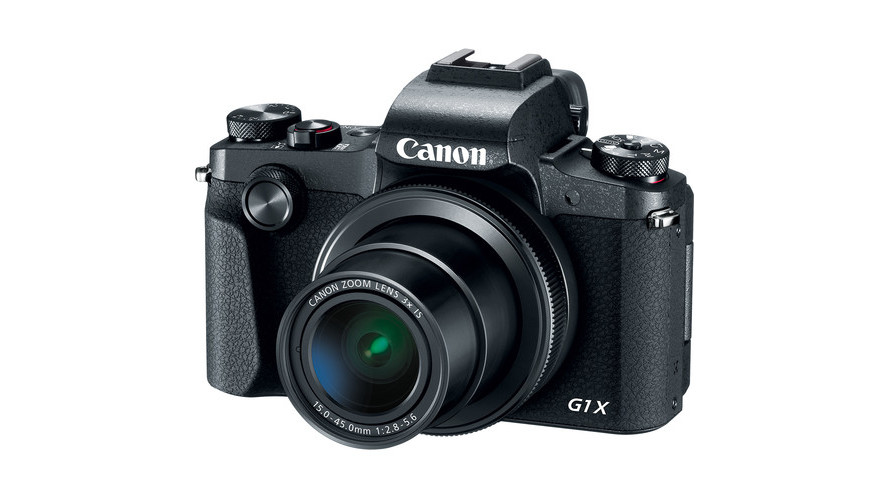
The Canon PowerShot G1 X Mark III was a great camera in 2017, and it’s a great camera in 2022. Pleasingly small without being fiddly, and capable of shooting stunning images that feel well above its pay grade, you start to see why Canon priced it so high, and why people are still willing to pay close to that much.
While its video features have been outpaced by the march of technology, stills-wise the G1 X Mark III still delivers. Its gorgeous colours, impressive high-ISO performance, sharp lens and deadly accurate autofocus all add up to a consummate shooting experience, and the attention that has been paid to things like the way the touchscreen interface works do a lot to assure you that you’re using a tool made by people who know what they’re doing.
It’s still pricey, especially for a non-4K camera, and the poor battery life is unfortunately an inarguable knock against it. But you may not care about the first point, and a little planning ahead can mitigate the second. So, if it’s within your budget, I can think of few reasons why the Canon PowerShot G1 X Mark III shouldn’t merit serious consideration.
Read more:

Thank you for reading 5 articles this month* Join now for unlimited access
Enjoy your first month for just £1 / $1 / €1
*Read 5 free articles per month without a subscription

Join now for unlimited access
Try first month for just £1 / $1 / €1
out of 10
Beautifully made and downright fun to use, the Canon PowerShot G1 X Mark III is a terrific feat of engineering – stuffing that APS-C sensor into a body this dinky is no small achievement. The touchscreen interface works brilliantly, and it’s loaded up with premium Canon features like Dual Pixel CMOS autofocus. You have to not want 4K, and not mind a small battery. Otherwise, this compact is a terrific buy at its discounted street price.

Jon is a freelance writer and journalist who covers photography, art, technology, and the intersection of all three. When he's not scouting out news on the latest gadgets, he likes to play around with film cameras that were manufactured before he was born. To that end, he never goes anywhere without his Olympus XA2, loaded with a fresh roll of Kodak (Gold 200 is the best, since you asked). Jon is a regular contributor to Creative Bloq, and has also written for in Digital Camera World, Black + White Photography Magazine, Photomonitor, Outdoor Photography, Shortlist and probably a few others he's forgetting.

